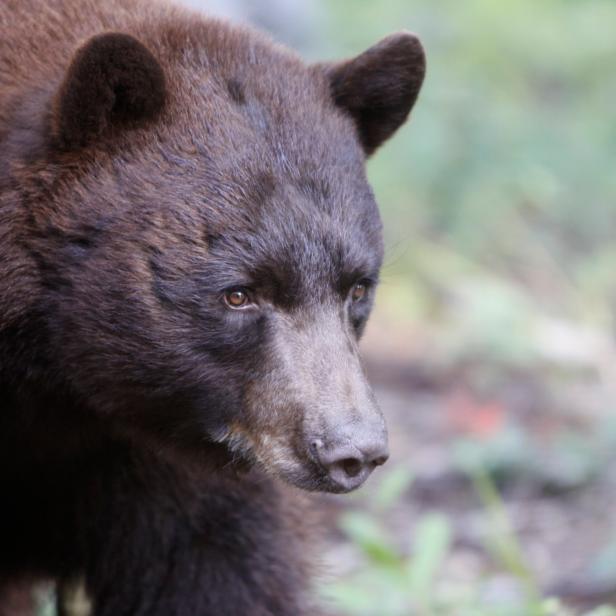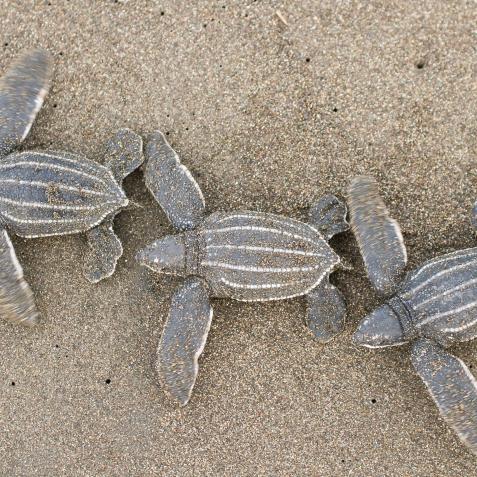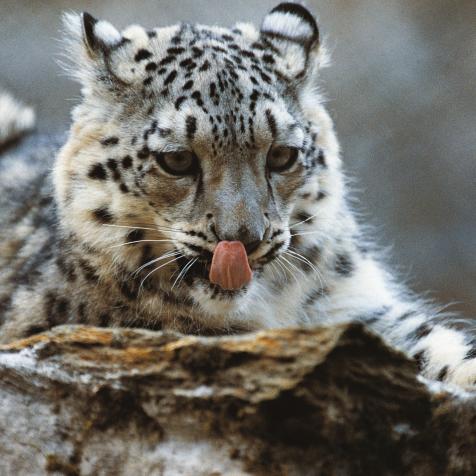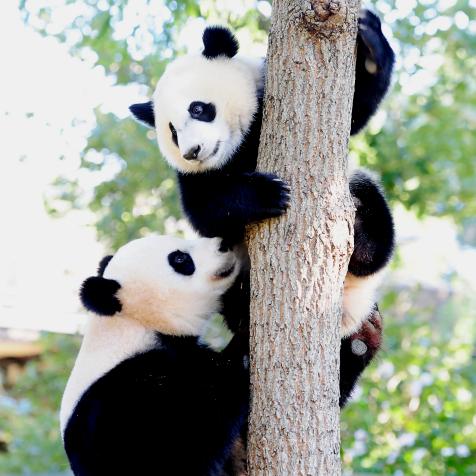
GettyImages/jjMiller11
Saving the Black Bears of the West
Black bears are North America’s most familiar bears. One non-profit is working to reduce state-approved hunting programs in the American West to save the black bears.
Across the United States, black bear habitat is swiftly disappearing, meaning the animals increasingly find themselves in urban areas – and coming face to face with humans. Not only that, but in states such as New Mexico, which recently increased its quota to kill the animals, black bears are being hunted, and their numbers are dropping as a result.
Black bears are North America’s most familiar and common bears, and one non-profit called WildEarth Guardians is working hard to reduce state-approved hunting programs in the American West.
The bears are the third largest carnivores in North America, just behind grizzlies and polar bears, and, despite their intimidating appearance, survive mainly on plants to survive. They prefer to live in forest habitat so they can forage and move around. And, as they do so, they help foster biological diversity by dispersing seeds and nutrients, and shaking up the forest canopy.
However, their habitat is under threat, and they are increasingly driven into human-populated areas to find food and shelter. Unprecedented rates of suburban and urban growth have meant a sprawl of roads, which spider-web into the bears’ once pristine habitat, and make vehicle-bear collision more likely – as well as making it easier for poachers to hunt them.
When bears inevitably come into conflict with humans, this often results in high levels of bear mortality.
Although black bear numbers are relatively stable – at around 600,000 – WildEarth says that climate change, human encroachment and unethical hunting practices may mean they are threatened in the future.
WildEarth’s focus is on opposing trophy hunting which, as Chris Smith, who works for the NGO says, is inhumane. The organization’s focus is currently on New Mexico, which raised its quota levels for hunting bears. “It’s a very complicated subject,” Smith says. “Bears reproduce slowly and are already stressed due to habitat loss and a heating, drying climate.”

GettyImages/Buck Shreck
He adds that New Mexico doesn’t actually know its exact bear population, and as such, “great caution” should be applied. “Black bears in New Mexico face a number of threats: a real likelihood of overhunting, the potential of encountering leghold traps, snares, and poisons, habitat degradation and vehicular mortalities due to inadequate wildlife migration corridors.”
For four and a half months throughout the year, commercial and recreational bear trapping and snaring is allowed across New Mexico.
“USDA Wildlife services use leghold traps, neck snares and sodium cyanide bombs,” Smith explains. “This doesn’t just target bear species, but any animal’s feet that touches the ground – endangered wolves, eagles, dogs, cats, and so on”.
Oregon, Washington and California have banned the use of M44 cyanide bombs, and there is currently federal legislation passing through both chambers to ban them nationwide.
“If trapping and the use of poisons continues, bears will continue to be at risk,” Smith says. “If bear hunting continues, we could see real, dramatic, population problems in the not-too-distant future, especially with the climate and habitat implications in the mix...If we don't learn to better coexist with native wildlife, that poses serious questions about our role on this planet and on these ecosystems.”
WildEarth is seeking a ban on traps and poisons in New Mexico, while in Idaho and Wyoming, the organization has mounted a legal challenge against the practice of bear baiting.
“The best available science and public opinion points us in a direction of coexisting with native wildlife,” Smith adds. “This means moving away from wildlife policy that totally caters to hunting and ranching at the cost of ecosystems and biodiversity... Black bears are iconic. They are socially and ecologically critical natives and how we treat them in policy should reflect that.”


















